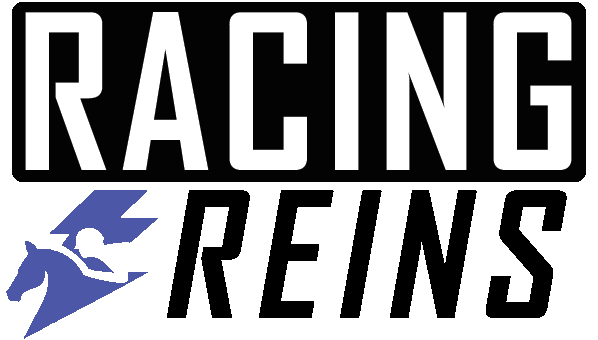
A group of college interns conducted a data-driven analysis of the economics of the national horse racing business over the past 20 years, finding a decline in participation and races run, but an increase in per-race, per-start economics for owners and trainers, along with a consolidation of quality horses among fewer of the nation’s largest stables.
‣ Three Yale undergrads conducted a data-driven analysis of the economics of the horse racing industry over the past 20 years.
‣ The 2008 global financial meltdown significantly hastened the decline in trainer numbers, owner interest numbers, and participating racehorses.
‣ The average annual earnings required to break even for a horse’s owner in 2022 was around $66,500, compared to $41,810 in 2003. This suggests that the number of horses “breaking even” for their owners grew from below 8% in 2003 to over 11% in 2022.
No Twitter URL was found in the provided text.
The New York Thoroughbred Horsemen’s Association (NYTHA) recently took in three Yale undergrads, each studying a different discipline in a data-driven analysis of the national horse racing industry’s economics over the past two decades. The students brought fresh eyes and unbiased perspectives to the project, resulting in a 33-page paper filled with both insightful and concerning findings. Joe Appelbaum, NYTHA president and an advisor on the study, explained, “We’ve been a sport that traditionally makes decisions either around general ‘chat around the pub’ or just whatever the richest guy in the room thinks. Neither is usually a good one to make good economic decisions from.”
The researchers delve into various areas of the horse racing industry, examining owner, trainer, and horse participation, purse and handle trends, the bloodstock market, and a side-by-side economic analysis of horse racing and other national sports. The 2008 global financial meltdown significantly impacted trainer numbers, owner interest numbers, and participating racehorses. However, despite these declines, there were surprising areas of resilience, such as bloodstock prices and per-capita purse distribution.
One concerning trend is the decline in the number of races run nationally, as well as a decrease in individual starts. This has led to questions about the entertainment value of the sport, as well as raising concerns about its overall survival. However, despite these challenges, there have been tentative signs of plateauing declines since the COVID-19 pandemic, offering a glimmer of hope for the industry.
The researchers also looked at purse distribution and the costs of owning a horse, finding that while total purses declined, per-race, per-start economics for owners and trainers improved over time. Furthermore, the researchers noted an increase in the average annual earnings needed for a horse to break even for its owner, signaling the challenges of profitability for owners in the industry.
In addition to these findings, the study touches upon the changing landscape of the industry, citing a decrease in the national foal crop and an increase in bloodstock value as positive developments. However, the rise of “super trainers” and a consolidation of quality horses among fewer stables has led to growing inequality among trainers, further complicating the economic landscape of the industry. The findings provide a comprehensive and astute analysis of the economic state of the horse racing industry and prompt a closer examination of the statistics provided. Overall, the report underscores the need for more frequent and in-depth economic analysis within the industry as a means of better understanding its future trajectory.
